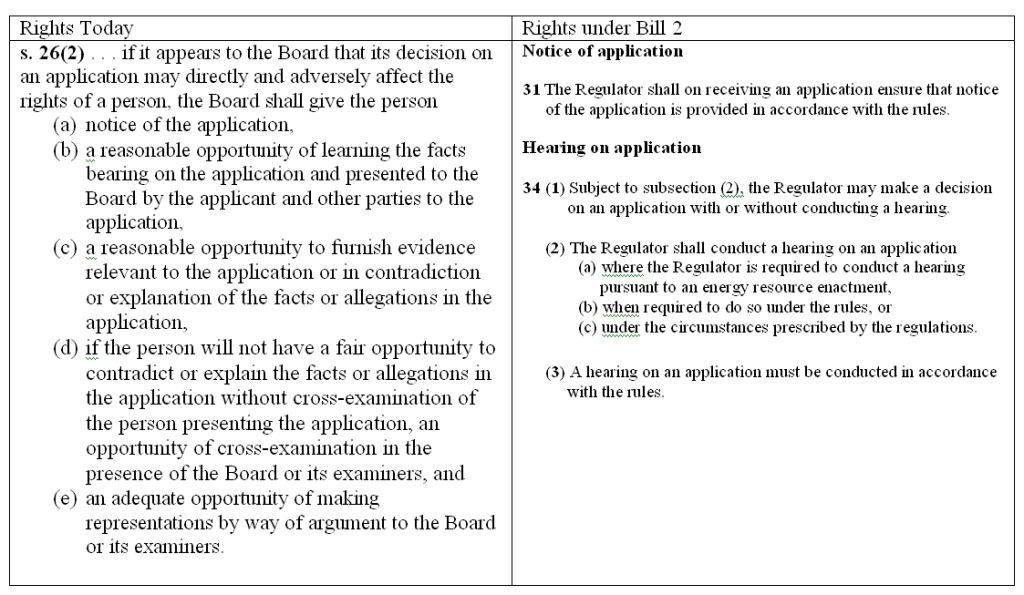By Eva Ferguson, Calgary Herald January 17, 2013
The potential loss of front-line workers at urgent-care centres in the booming communities of Airdrie and Cochrane is raising concerns about quality of care and lengthening wait times that are already two to three hours long.
Airdrie MLA Rob Anderson of the Opposition Wildrose Alliance spent time with doctors at the clinics Wednesday and said staff are reeling over news that they may lose up to 12 nursing practitioners in urgent care.
“The community is in a state of shock. We are in the middle of a massive population boom, in dire need of health-care facilities, and we are asking why on earth would this government take out one-third of front-line workers at urgent-care centres?” Anderson asked.
“This lost work will be made up by doctors, and we already have a doctor shortage. Essentially, it means we’ll have longer waits in urgent care,” he added, estimating that average wait times for care in Airdrie and Cochrane clinics are two to three hours long.
The clinics raised alarm bells earlier this week, saying that they’ve been told nurse practitioners, about one-third of their staff, would lose their jobs by the end of March in the wake of potential health-care cuts.
Alberta Health Services would not speak to the media on the issue, only sending out a statement confirming that discussions around where the services of Airdrie and Cochrane nurse practitioners would be best suited are ongoing.
“AHS is looking for feedback from local physician and nurse practitioner stakeholders in these communities to see what’s best for patients; recognizing that nurse practitioners are a scarce resource that may be needed elsewhere in Calgary Zone,” says the statement.
“There are five Urgent Care Centres in the Calgary Zone of AHS; currently only Airdrie and Cochrane have nurse practitioners as part of the health care staffing model.”
Alberta Minister of Health Fred Horne addressed the issue Wednesday at a media event in Edmonton, confirming that discussions around the role of nurse practitioners in Airdrie and Cochrane are ongoing.
“The situation is that AHS is simply having a discussion about the best way to deploy both physicians and nurse practitioners. That’s a legitimate discussion to be having, and I’m assured it won’t affect service levels at the two centres.”
Airdrie and Cochrane have seen exponential growth in their communities over the past decade, with Airdrie alone growing from a population of some 20,000 residents 10 years ago to more than 45,000 today.
“We need more front-line workers, not less,” said Anderson.
Urgent-care centres are a critical component to health care in the satellite communities. Without them, Airdrie residents would have to drive more than half an hour to get to the Peter Lougheed Centre, while Cochrane residents would take close to an hour to get to Foothills Medical Centre.
Nurse practitioners at the clinics have a variety of roles collaborating alongside physicians, from treating and managing certain conditions to prescribing medications.
